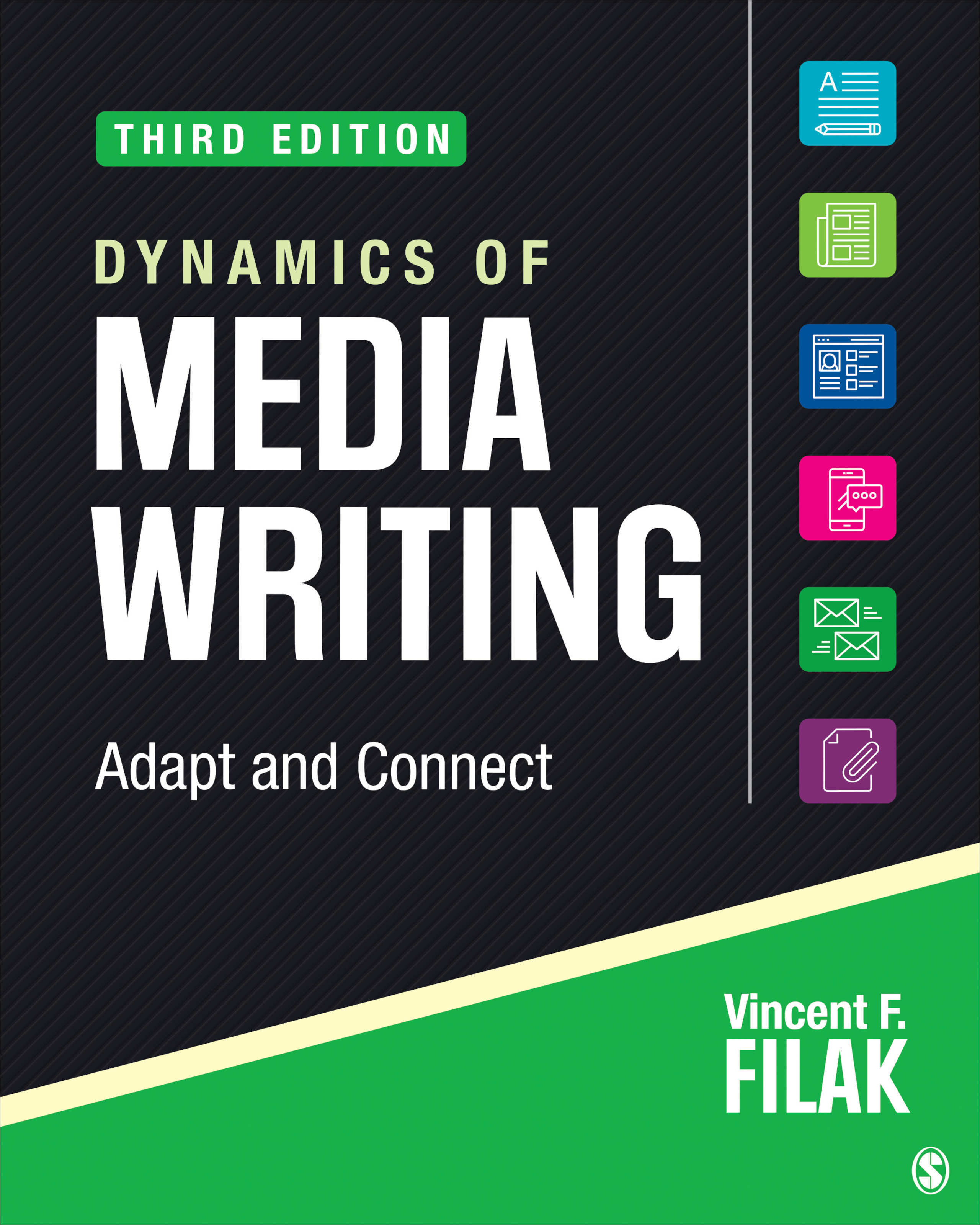Welcome to C250
In brief, this intensive, hands-on course has three primary objectives: to teach you basic media-creation skills, to help you analyze your storytelling to make the best use of words, visuals and sound, and to enable and encourage you to work effectively in teams. StoryLab 1 will prepare you with the necessary knowledge to transition into higher-level, more specialized courses across the Media School curriculum, including advertising, journalism and public relations. StoryLab 1 is a core course for all students seeking the BA in Media and the BA in Journalism. Even if you are not a Media School major, however, you will still find StoryLab 1 valuable and fullfilling on its own.
1) Basic media skills: These skills will launch your media degree or whatever degree you are pursuing. We’ll teach you how to shoot and edit compelling photos and video interviews, record enlightening and entertaining audio and write effectively to target specific mediums, like advertising, social media, news and public relations. You will learn and create effective multi-channel, multi-platform communication. It will benefit any of you who need to promote your brand (yourself) through innovative storytelling. Who doesn’t need that?
2) Critical analysis: We will listen to, watch and read a lot of well-executed media examples. You will analyze how a videographer's unique shots capture viewers' attention within the first three seconds of a documentary. You will marvel at the voicing skills an NPR reporter employs to pull you into a story. You will see how advertising campaign designs communicate their products' strengths.
Along with exploiting each medium's strengths, you will tell stories that express diverse viewpoints. Your stories should incorporate people of varying economic means, of different ethnic, political, ideological and religious backgrounds. People who are older or younger than you. People who live in the country — if you are from the city — and vice versa. We also will discuss issues related to diversity, equity and inclusion (DEI).
3) Team collaboration: You will learn how to delegate and assume tasks in teams to create four projects focusing on visual communication, public relations, news and advertising. You will soon see that effective collaboration is necessary in virtually every media environment. Along with creating team projects, you often will be asked to evaluate media in discussions with other students. Your input is valuable. Our desired outcome is that you will become harsh critics instead of passive media consumers. We’ll know we’ve done our job if, for example:
- you can never look at an ad, photograph or video without dissecting its lighting and composition,
- you cringe as you spot a poorly kerned headline,
- you instinctively rewrite wordy story introductions or ad copy (even if only in your head).
As part of your learning outcomes, you should be able to:
- Evaluate your storytelling and determine the most effective medium choices between writing, audio, images, social media, digital or video
- For persuasive storytelling, determine a brand’s attributes and express them as benefits to a given audience
- Write accurately, clearly and concisely to communicate information appropriately to the medium or platform
- Know how to find and report the voices of a broad cross section of citizens representing diverse economic, social, ethnic and geographical backgrounds.
- Articulate and recognize the difference between, goals of and ethical practice of different forms of journalism and strategic communication including advertising and public relations
- Determine potential angles to a given story or story element so as to maximize its impact for different audiences
- Effectively reshape material in order to tell stories in multiple formats and lengths for different contexts, media and platforms
- Use mobile apps to capture and present images that tell a compelling story
- Edit videos that incorporate logical sequences and proper pacing
- Understand and demonstrate the principles of on-air presence
- Produce a podcast introduction for a specific audience
Welcome to Storylab.
Course Details
Lecture: 11:30AM-12:45PM Tuesdays and Thursdays in room 100, Woodburn Hall
Lab: Weekly (Thursday or Friday) in Franklin Hall (basement level)
Required texts and materials:

- Worksheets and other materials supplied by instructor or LinkedInLearning / Adobe / UITS
- Adobe Creative Cloud, including Bridge, Photoshop, InDesign and Premiere, all available in the Media School labs and as a download to all IU students
- Online creative resources, including Adobe Express and Flourish
- Mirrorless Canon R7 cameras that will be available for checkout from the Media School,
- Your text will be Vincent Filak’s “Dynamics of Media Writing: Adapt and Connect” Third edition, which you will find on eText in Canvas (you don't need to buy it — you already have)
Canvas and other website information: The course will be run through Canvas, with Adobe Suite / LinkedInLearning tutorials plus specific C250 tutorials available on YouTube.
